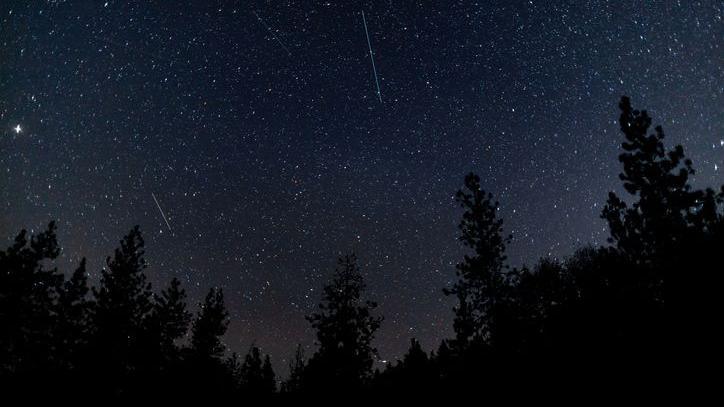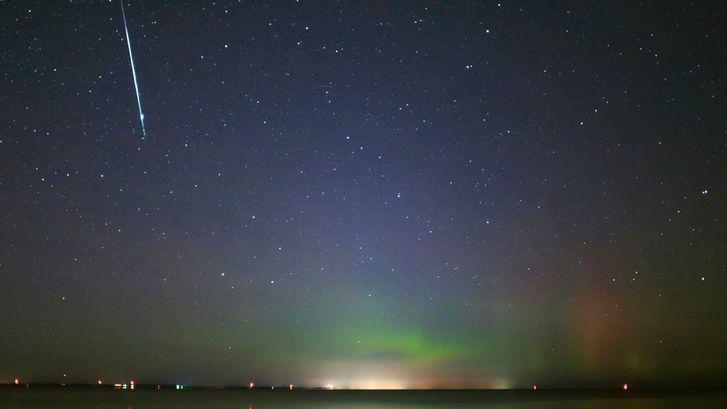Taurid Meteor Shower 2025: When is it? How can I see it?

- Published
Anyone fancy a spot of stargazing?
If the answer if yes, you're in luck because the Northern Taurids are set to peak on 12 November and last until 10 December 2025.
These showers take place every autumn and are known for their slow-moving, long-lasting meteors.
There are two streams to the Taurids - with the Southern Taurids peaking in October but remaining visible until 20 November.
Find out more below.
More space news
Moon astronauts could live in 'glass domes made of lunar dust'
- Published14 October
Winds on Mars reach speeds of 100mph
- Published10 October
This Earth-like planet might have an atmosphere
- Published8 September
What is the Taurid meteor shower?

The Taurid meteor shower is made up of two streams - the Southern and Northern Taurids.
It is caused by the debris - ice and dust - from Comet Encke as it passes through our solar system.
Each time Encke returns to the inner solar system, it sheds ice and rock into space.
When Earth passes through this debris the "comet crumbs" heat up as they enter our atmosphere and burn up in bright bursts of light.
Taurid meteors tend to be larger than other meteors and can survive for longer periods as they pass through Earth's atmosphere.
They also travel rather slowly, crossing the sky at about 17 miles per second.
It's thought that Comet Encke might have has such a large debris stream because it was once part of a larger comet that broke up around 20,000 years ago.
It has the shortest orbital period of any known comet within our solar system, taking just over 3 years to orbit the Sun.
When will the Taurid meteor shower be visible?
Encke's debris stream is so large and spread out that it takes Earth a rather long time to pass through it.
This is why we experience two separate parts to the shower - the Southern Taurids and the Northern Taurids.
According to the Royal Observatory Greenwich, the Southern Taurids peaked earlier this month and will last until 20 November.
However, the Northern Taurids will peak on 12 November, and last until 10 December 2025.
The Taurids are not as well known as some of the other meteor showers.
This could partly be because they tend to produce fewer meteors - only around five - per hour.
However, the Taurids are known for their fireballs - the name given to unusually bright meteors.
How can you see the Taurid meteor shower?
WATCH: Newsround's beginner's guide to astronomy
Once you know when a meteor shower is happening, you don't need a lot of fancy equipment like a telescope.
You just need a clear night with no clouds, warm clothes and some patience.
It's important to wrap up warm, as you might be sitting still for a long time - don't get cold.
Get in a comfy position, perhaps lying back on a chair, so you don't strain your neck, turn off any lights you can and go to the darkest part of the garden.
Give your eyes about 20 minutes to adjust to the darkness, then sit back, keep watching and enjoy.
Happy meteor hunting!
